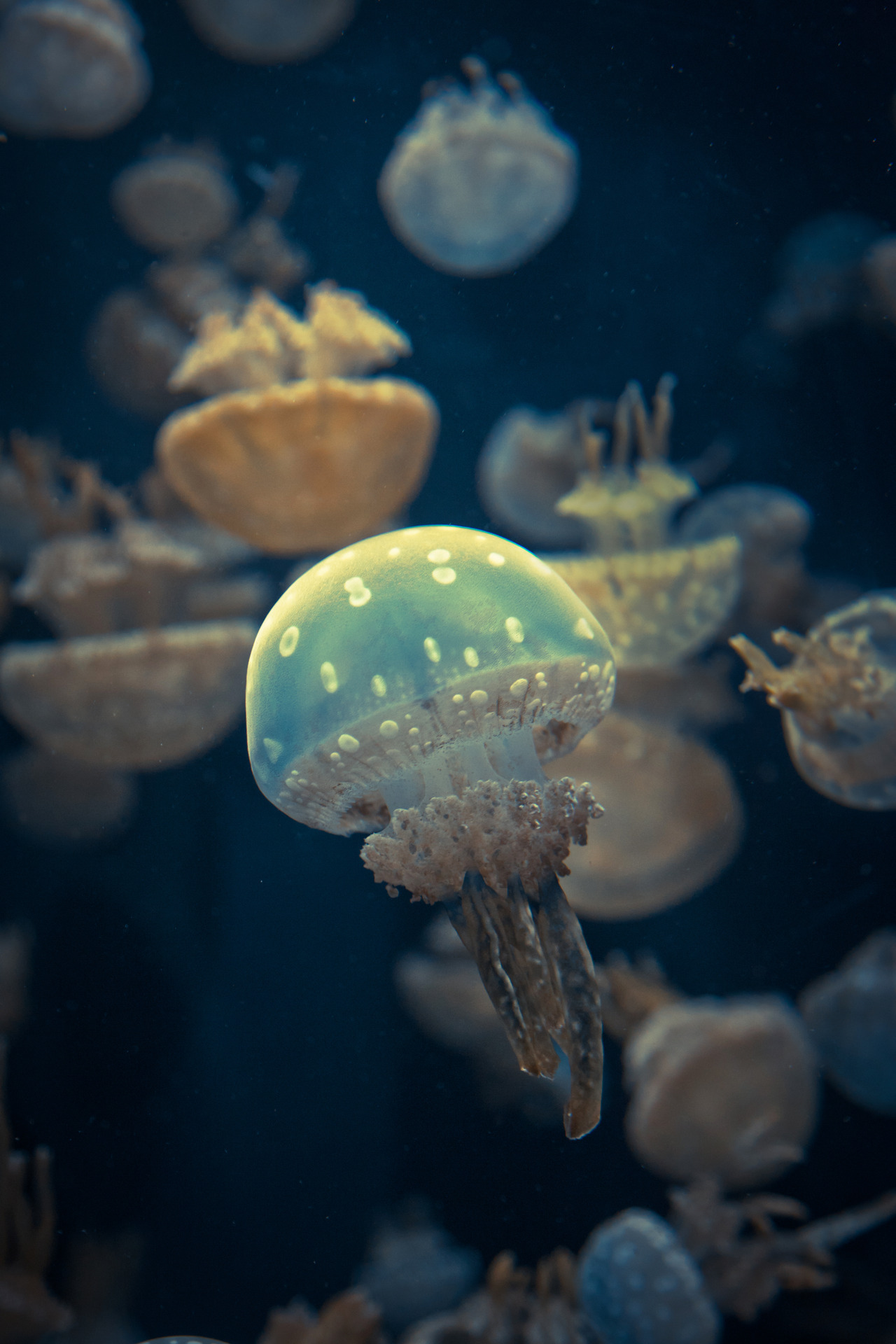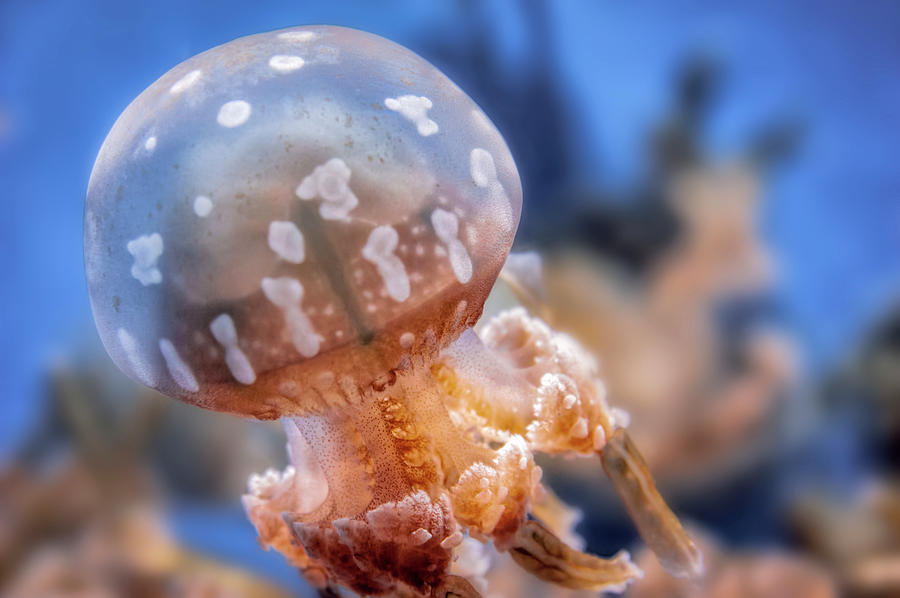

When they it’s a weird jelly-like sensation and I’m very ticklish so I went back up the board after a minute!”Īside from visiting the stingless jellyfish lagoons, Francisco recommends a few other “must-dos” in Siargao, like watching the sunrise from the famed Cloud 9 Tower along the island’s main surfing stretch, hiking on Corregidor Island, and a road trip to Pacifico-Burgos-Alegria. “I jumped in and felt really scared at first that they would sting me, but they didn’t. “We just chanced upon it while paddleboarding one time, and I remember seeing walls and walls of jellyfish – it felt so unreal,” she recalls. Francisco also recommends Sugba Lagoon, off the west coast of Siargao, which she says feels more “undiscovered.” Tojoman Lagoon isn’t the only place to see stingless jellyfish in the Siargao area.

In fact, cockroaches will probably be long gone when the last jelly swims in a lonely sea.” “You have no doubt read that cockroaches will be the last survivors after a nuclear war because they are so resilient. “While the individual jellyfish is short-lived (a few months typically) the species is incredibly resilient,” says Knudsen. Some guides also recommend wearing reef-safe sunscreen to protect the marine ecosystem. Jellyfish are relatively resilient and hardy creatures, but it’s still imperative to explore the lagoons with care.īoth scientists encourage travelers to avoid polluting the sanctuary, touching the creatures on purpose or accidentally kicking the jellyfish with fins as it could damage their bodies. Luckily for the jellyfish, these lagoons provide ideal conditions for reproduction since the limited space keeps them close together. Also, they are brainless, and wouldn’t ‘feel trapped.’”

“Although a jelly can move by undulating its bell, it’s slow and fairly inefficient. “It has to do with winds and currents, and how the jellies are pushed into the lagoons with little possibility of making it out again,” Knudsen tells CNN Travel.
Spotted jellyfissh how to#
How to explore the vanishing sandbars of the Philippines However, the venom is designed to stun or kill their prey of choice – phytoplankton – and isn’t strong enough to penetrate relatively thick human skin, unless you’re particularly vulnerable or allergic. The scientist, who has extensively researched various forms of planktonic marine life including jellyfish in the Philippines, says there are two species in Tojoman Lagoon – Aurelia aurita (moon jellyfish) and Mastigias papua (spotted jellyfish), though the latter requires genetic analysis – and both technically do sting. Ephrime Metillo, Dean of the College of Science and Mathematics and a professor in the Department of Marine Science at Mindanao State University (Iligan Institute of Technology). “Sohoton is really exciting for first-time travelers because you get to experience a lot of things – the jellyfish, caving, spelunking, underwater caves, beaches – all in one day,” adds Roa. Travelers have a chance to hop off the boat, stretch their legs, take photos, go snorkeling or simply take a quick dip. “We also stop at three islands – Daku Island, Guyam Island and Naked Island, although Naked Island is actually a sandbar that only appears at low tide.” “On the boats, we usually play games and eat a seafood barbecue together – it’s a lot of fun,” says Roa, who provides both private and group tours of Sohoton Cove National Park. While the sanctuary is often the highlight for many travelers, Roa says the rest of the day trip can be just as memorable. Standup paddleboarding is a popular lagoon activity. “These jellyfish – combined with the boat journey, the views, the clear water – I think that’s a new thing to experience for many foreigners.” “You can’t believe your eyes – imagine seeing a lagoon, filled with so many stingless jellyfish,” Mark Roa, who operates Siargao tours in partnership with travel booking platform Klook, tells CNN Travel. Located about a 2.5-hour boat ride from Siargao island in the southeastern Philippines, the lagoon is one of only a few places on Earth where you can find “stingless” jellyfish. Their gelatinous bell-like bodies, foreboding tentacles and venomous stings can range from mildly uncomfortable to extremely painful or even fatal, depending on the type.īut there’s no reason to fear the jellyfish in Tojoman Lagoon – in fact, if you have a chance to visit when international travel reopens, you might even fall in love with them.

But, they are unlikely to win any popularity contests. Of all the marine creatures in the world, jellyfish are among the oldest, toughest and most ubiquitous species.


 0 kommentar(er)
0 kommentar(er)
